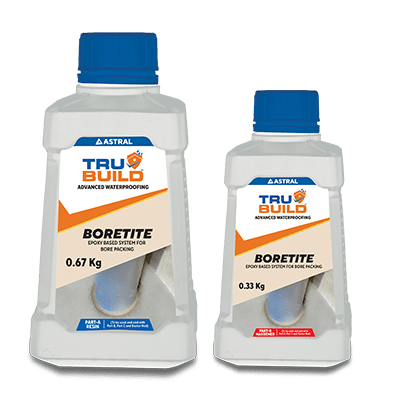What is the Difference Between Cement and Tile Adhesive?
Dec 14, 2023
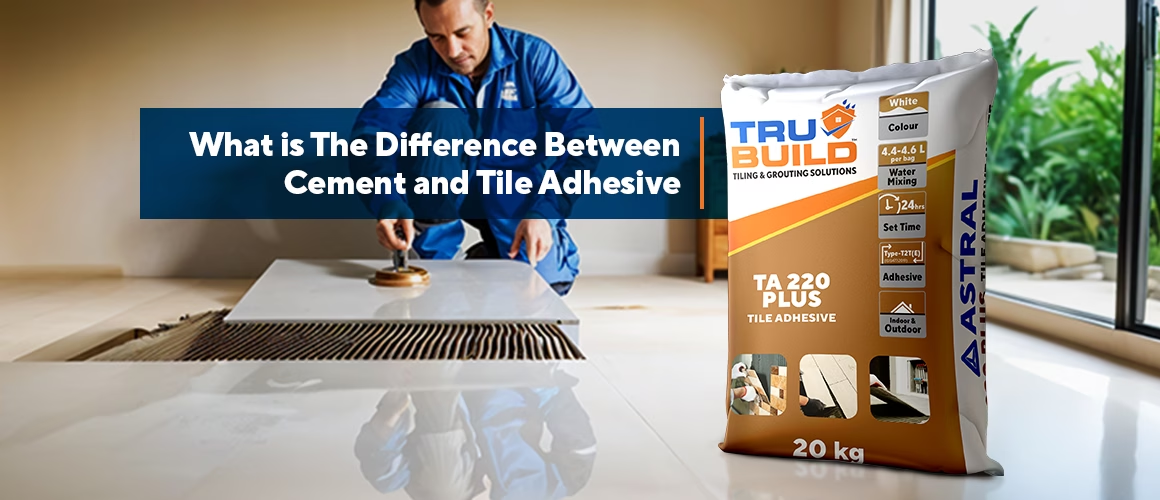
You have picked the perfect tiles for your home interiors, visually appealing and durable. But what about the material that holds them in place? For ages, cement has been the go-to choice for tile installation, a tried-and-tested method passed down through generations. However, as construction techniques have evolved, so have the materials used in tile fixing. Tile adhesive is a modern solution that offers stronger bonding, greater flexibility and easier application than traditional cement.
In this blog, we explore the difference between cement and tile adhesive, their advantages and learn why tile adhesive is the preferred choice for construction projects.
Tile Adhesive vs Cement
The debate around tile adhesive vs. cement centres on ease of use, durability and performance. Tile cement is often mixed with sand and water and has been a conventional choice for tile installation. However, cement adhesive lacks the flexibility and bonding strength, which tile adhesive offers. Additionally, the waterproofing properties of cement-based adhesives help keep tiles securely in place, even in wet conditions.
Cement and Tile Adhesive Comparison
|
Features |
Tile Adhesive |
Tile Cement |
| Composition | Pre-mixed, cement-based with additives | Cement, sand and water |
| Bonding Strength | High adhesion, prevents tile detachment | Low adhesion, may lead to debonding |
| Application | Directly applied with a notched trowel | Requires manual mixing and curing |
| Flexibility | Absorbs movement and prevents cracks | Rigid, prone to cracks |
| Drying Time | Faster setting with extended open time | Requires water curing and longer drying |
| Water Resistance | Resistant to moisture and humidity | Absorbs water over time, leading to weak bonding |
| Ease of Use | Ready-to-use and only requires water for activation | Labour-intensive, requires mixing and curing |
| Suitable Areas | Floors, walls, interiors, exteriors | Limited to dry areas |
Advantages of Using Tile Cement
Despite the growing preference for tile adhesive, tile cement has some advantages. It is widely available and often a cost-effective option for basic tile installations. The advantages of cement include:
- Readily available and commonly used in traditional construction methods
- Suitable for large-scale projects where budget constraints exist
- Works well for bricklaying and non-critical tile applications
- Can be used in combination with waterproofing cement for better moisture resistance
Advantages of Using Tile Adhesive
The advantages of tile adhesive make it a superior choice for modern tiling projects. Some benefits include:
- Stronger adhesion ensures tiles remain fixed for longer
- No pre-soaking of tiles is required, making installation faster
- Prevents tile slippage, especially on vertical surfaces
- Can be used for multiple surfaces, including wet and dry areas
- Provides resistance against temperature changes and vibrations, preventing cracks
A Reliable Tile Adhesive Solution
Choosing the right adhesive is key to a durable, long-lasting tile installation. For a dependable and high-performance solution for tile installation, Trubuild Tile Adhesive TA 220 Plus Grey is an excellent choice. This single-component, cement-based tile adhesive offers outstanding adhesion for ceramic and stone tiles. It is ideal for interior and exterior applications, including wet areas. It only requires on-site mixing with water, making it convenient and easy to use.
Understanding the difference between cement and tile adhesive helps homeowners make informed decisions during tile installation. While cement and tile adhesive serve their respective purposes, tile adhesive provides superior bonding strength, ease of application and durability. When you choose the right adhesive for tiles fixing, you ensure long-term performance, as well as reduced maintenance and repair costs. For a reliable and efficient tile installation, tile adhesives like Trubuild Tile Adhesive TA 220 Plus Grey are the perfect solution for all your tiling needs.


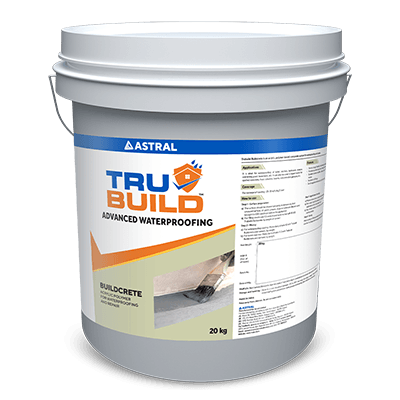

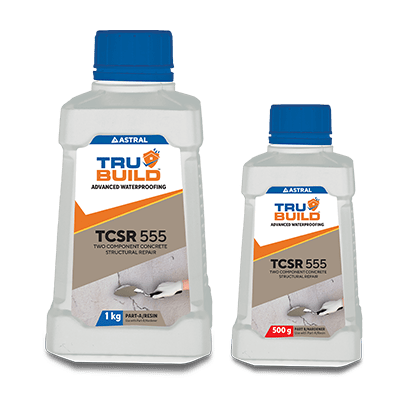


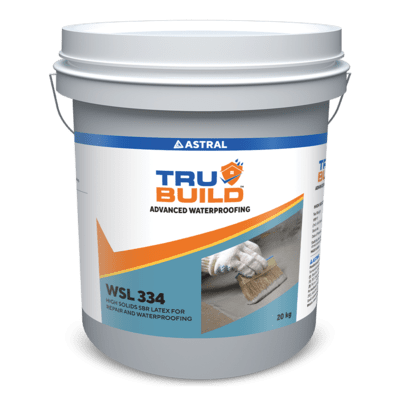
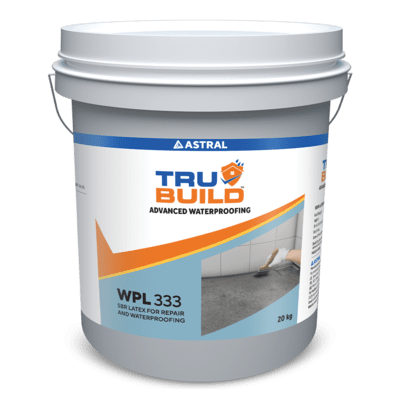
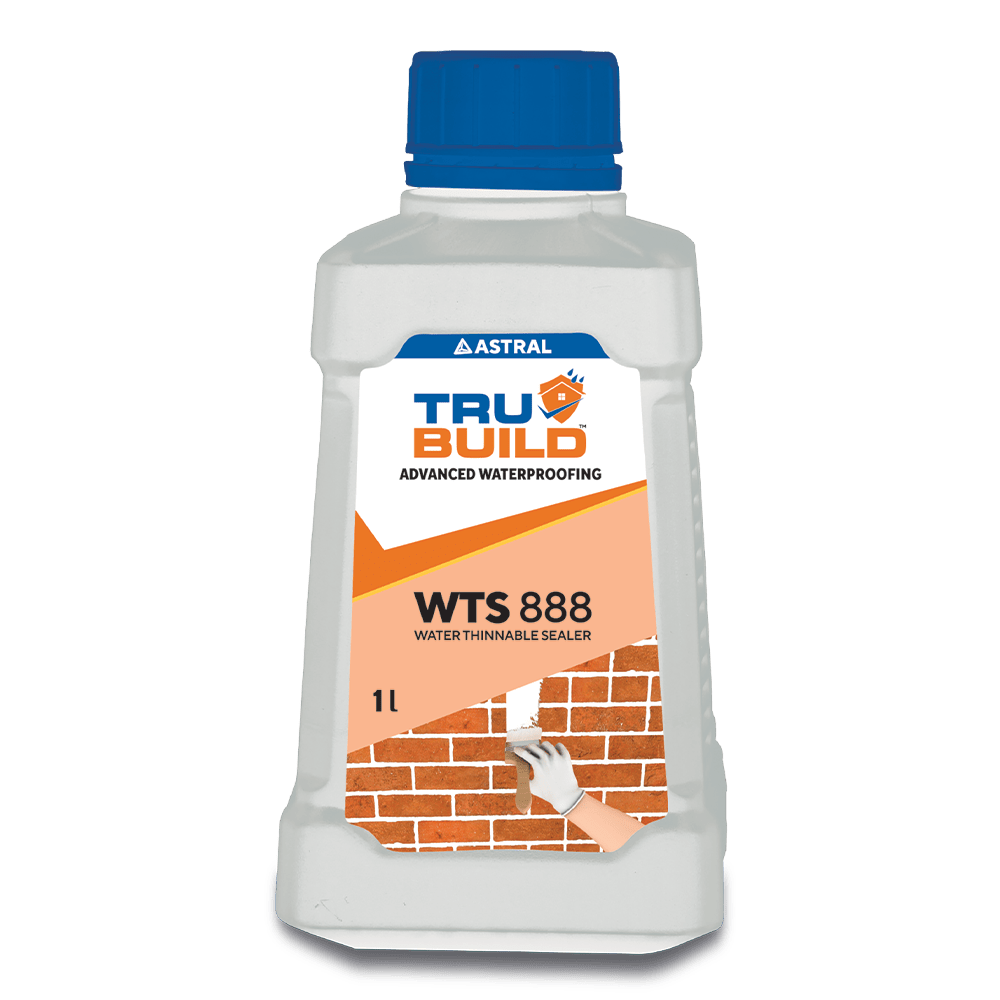



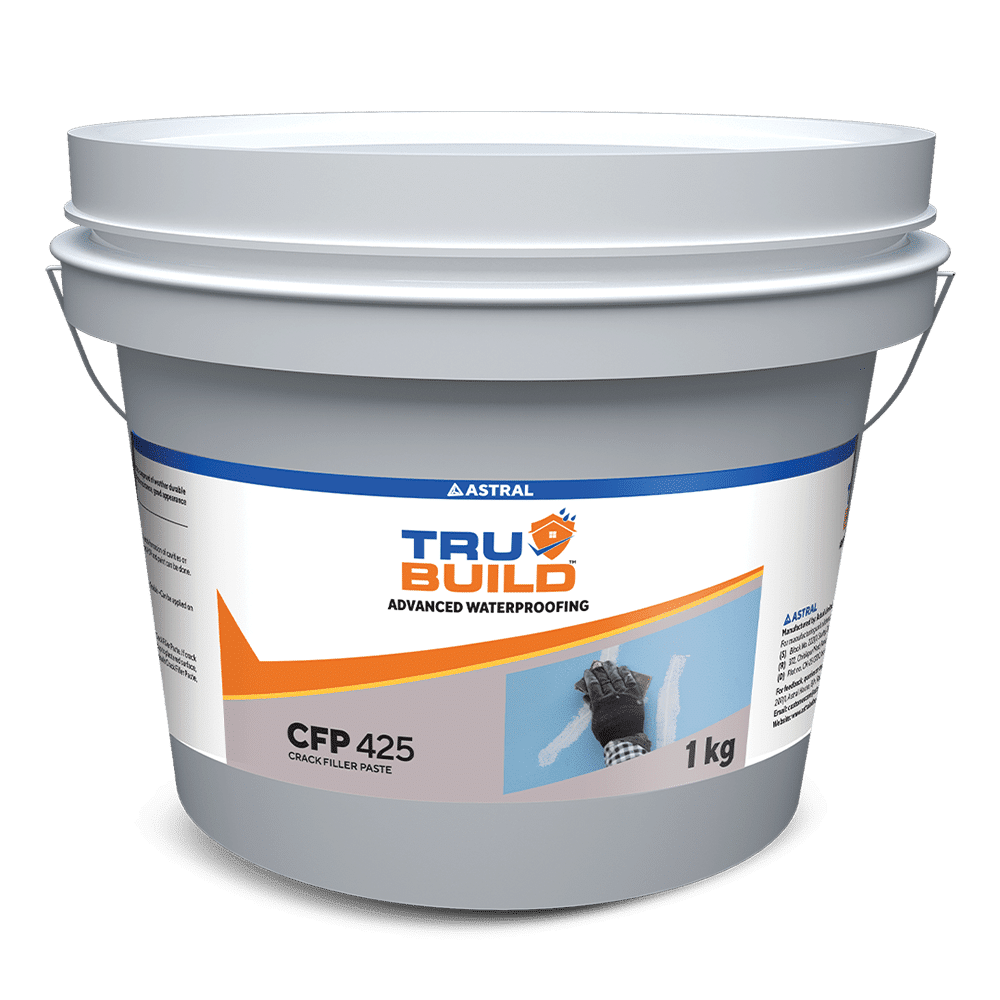




 Professional Sealants
Professional Sealants
 Roof Waterproofing
Roof Waterproofing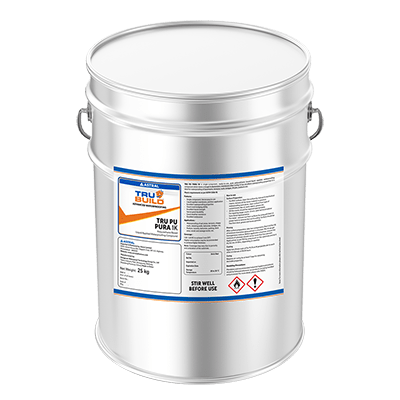
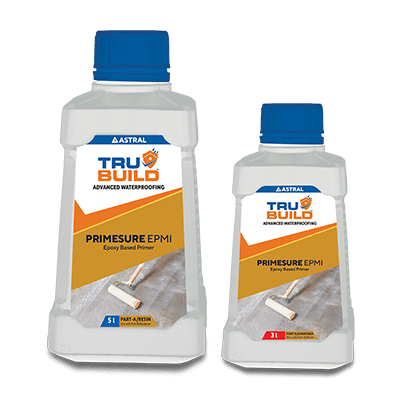





 Substructure Waterproofing
Substructure Waterproofing Tiling and Grouting
Tiling and Grouting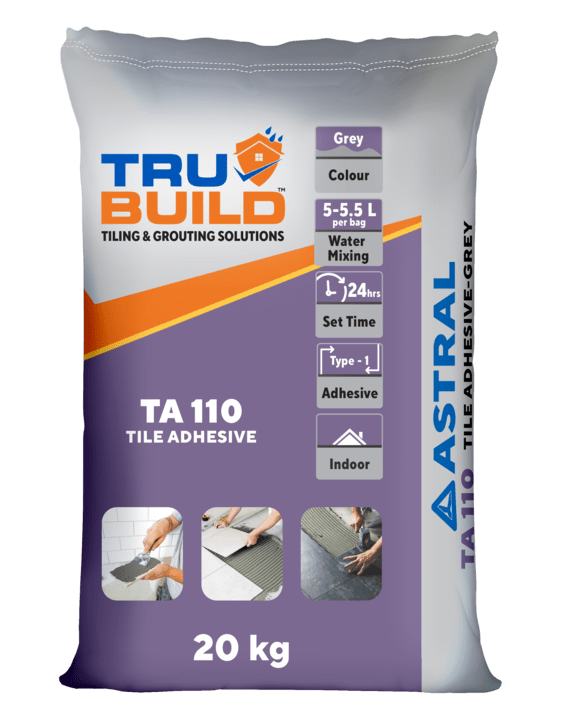
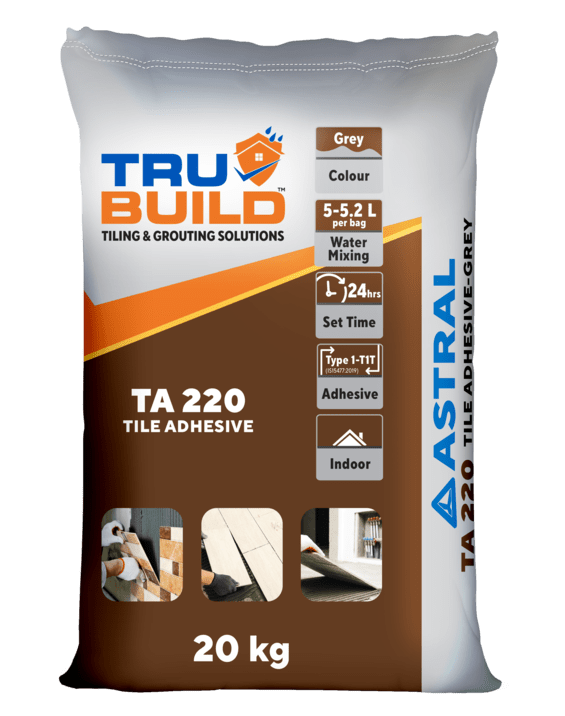

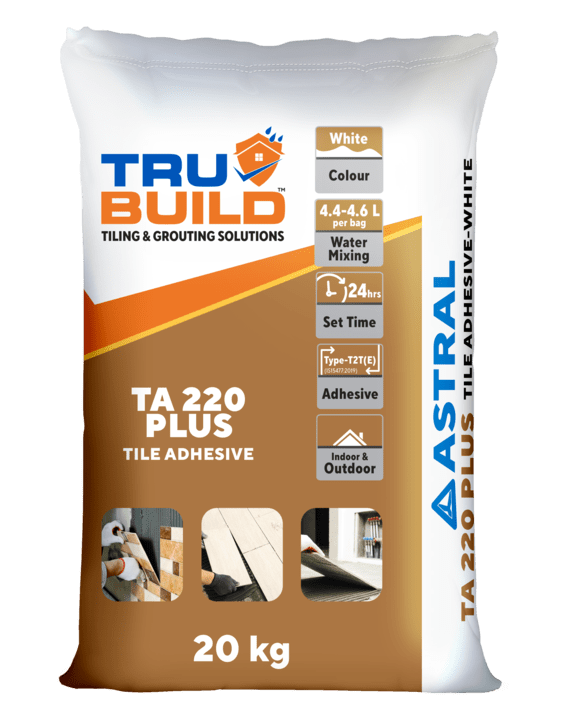
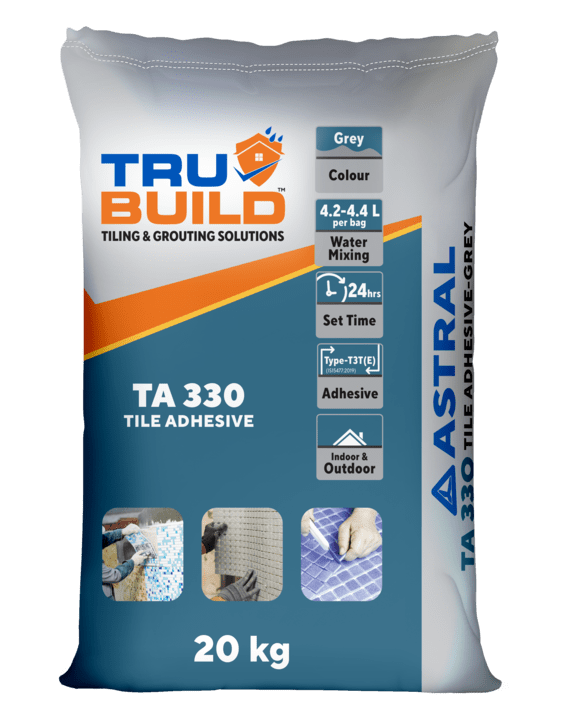
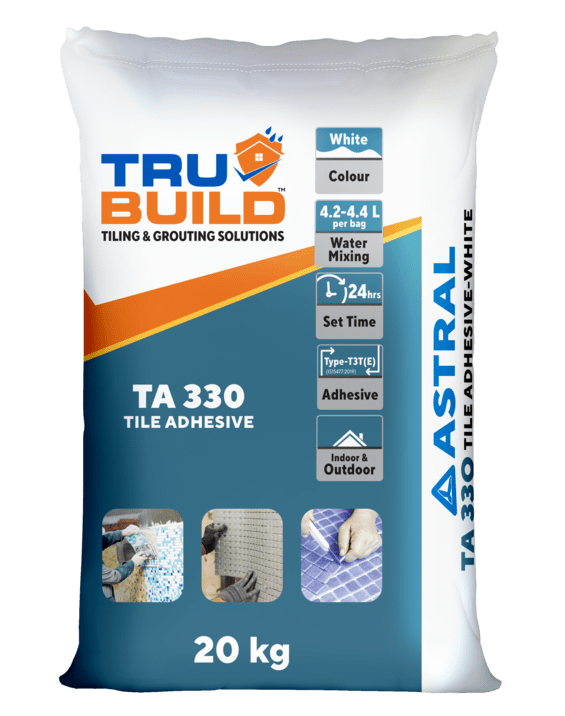
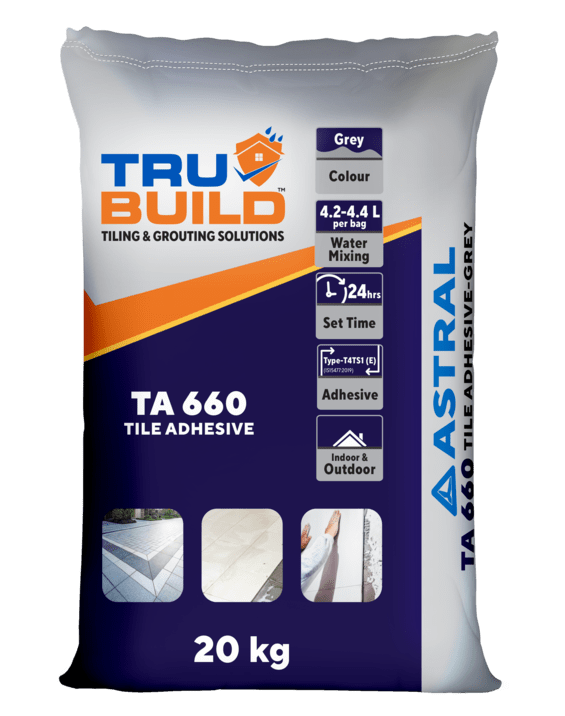
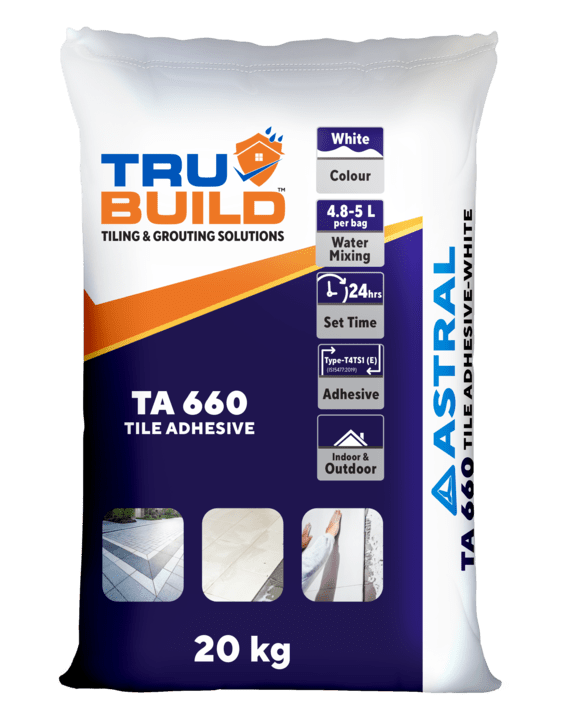



 Water Tanks and Other Areas
Water Tanks and Other Areas